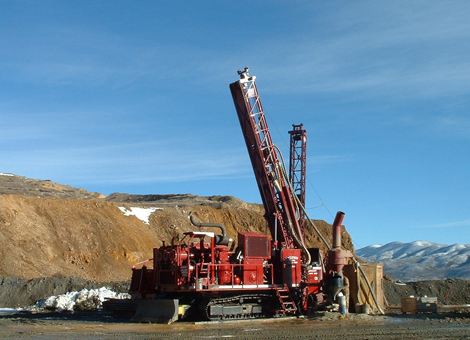
Exploration drilling is an important step before development drilling should take place. Exploration drilling is essential for obtaining actual temperature measurements, rock samples, and retrieving fluid samples for chemical analysis. Geophysical methods can give valuable and useful information about the subsurface, which is very important when determining the best locations for drilling; however, in order to obtain actual temperature and fluid measurements, samples need to be obtained via exploratory drilling.

There are several different exploratory drilling techniques: core holes, exploratory wells, slim holes, and thermal gradient holes. These exploratory drilling methods are used because they are far less expensive than drilling a full sized production well. Exploratory drilling utilizes drill holes which are normally not as deep, smaller, and quicker to drill compared to production and injection wells. This allows for important subsurface data to be gathered at less cost so better informed decisions can be made about how to proceed in development. Exploration drilling provides the most accurate information during the exploration phase, but it is also the most expensive method, in many cases it is the final phase of exploration